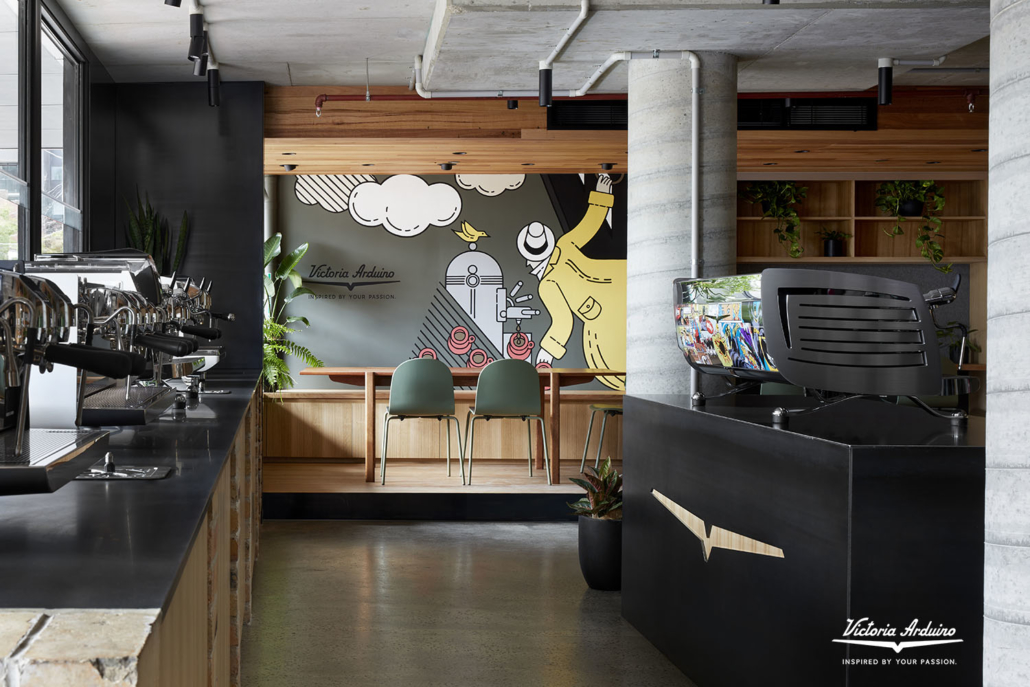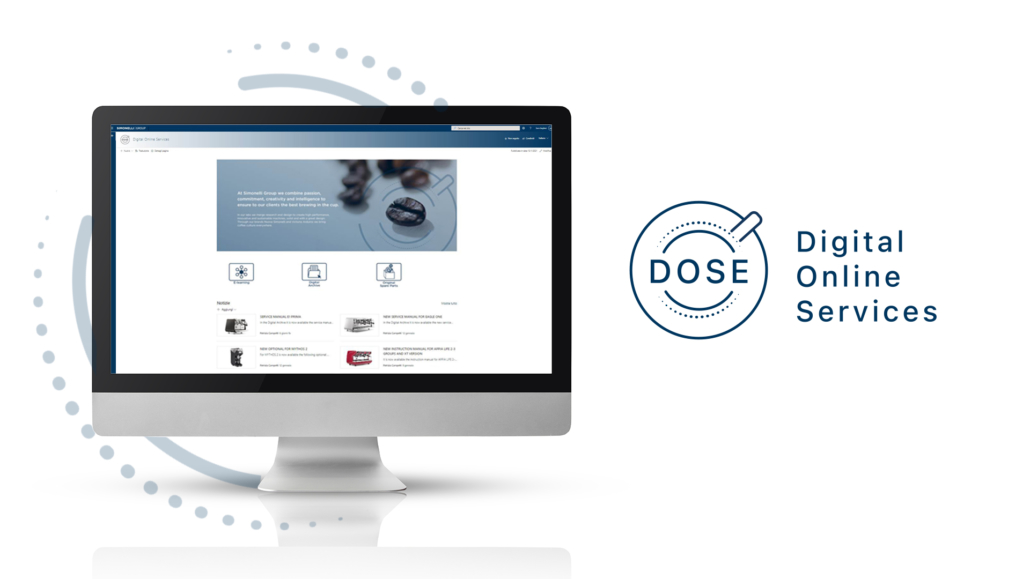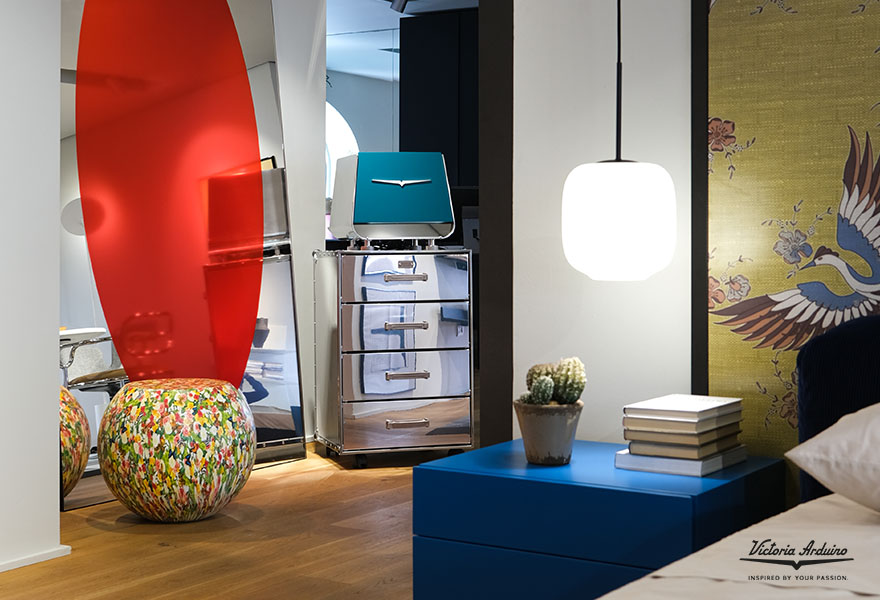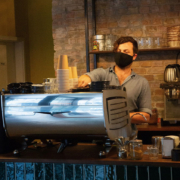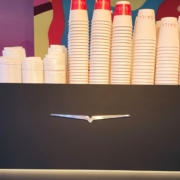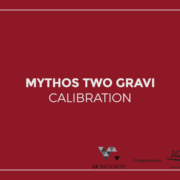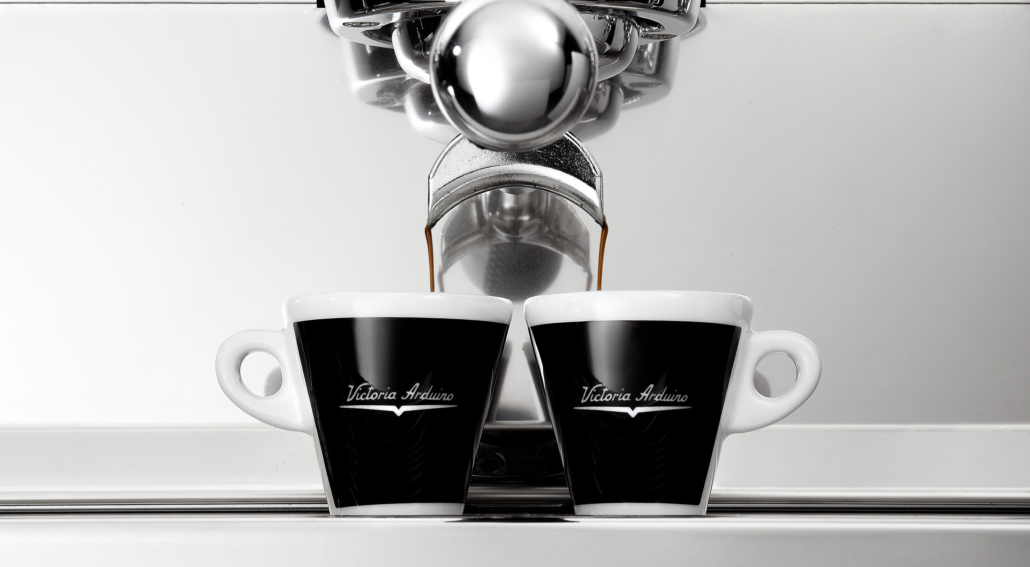VICTORIA ARDUINO AUSTRALIA IS BORN
Simonelli Group strengthens the brand’s presence in partnership with
Suntory Coffee Australia
Simonelli Group strengthens its presence in the Australian market announcing the launch of Victoria Arduino Australia. Established in partnership with Suntory Coffee, this new entity will lead representation of the Victoria Arduino brand across Australia from its flagship site in Melbourne.
The ambition behind this partnership is to enhance the Victoria Arduino popularity and prevalence across the Australian market. Australia is a trendsetting nation, leader of specialty coffee development, and a common point of interest for espresso coffee lovers in Asia and the Middle East. Making it an obvious playground for state-of-the-art equipment and leading coffee brands to be brought together.
Simonelli Group and Suntory Australia, a highly specialised coffee company who already operate as an exclusive distributor for Simonelli, marked the signing off this new and essential agreement for the Australian market, through the opening of its exciting new Victoria Arduino Experience Lab in Melbourne. An achievement which is testament to the strength of the partnership and those directly involved, as it was developed throughout the Melbourne lockdown period. ‘The Experience Lab’ promises to bring coffee equipment closer to the needs of coffee shops and be at the heart of the trends of this everchanging sector.
“During this very circumstantial moment of global, social, and technological transformation, it becomes even more important to be close to the strategic markets. It is crucial to rapidly assimilate the changes and offer solutions to baristas and specialty coffee chains based on advanced technology and our consolidated knowledge of the coffee world, gained through years and years of scientific research and collaboration with the principal coffee communities such as SCA and WBC” – states Fabio Ceccarani, CEO of Simonelli Group.
Fabio goes on to say – “This spreading of knowledge will allow every client to brew the best, personalized experience in the cup while optimizing the management costs. There is a need for a new and fresh approach to the market, and together with our historical partners, it can be achieved with the adoption of digital technologies – this will raise the significance and trust between all the stakeholders. These considerations, fully partaken with our well-known partner Suntory, a leader in the coffee industry, whom I publicly thank, have jump-started Victoria Arduino Australia.”
The launch of Victoria Arduino Australia and the new Victoria Arduino lab in Melbourne marks a significant investment in the Australian market bringing the latest global equipment technology directly to the Australian specialty coffee industry. Dean Divehall, CEO Suntory Coffee notes “together with the Simonelli Group we have created a state of art lab in Melbourne where the industry can explore the latest innovations in coffee equipment. After navigating the difficulties of launching a new business and building a new site in the midst of a Melbourne lockdown we’re excited to create a playground for the industry and a platform for the brand and innovation.”

